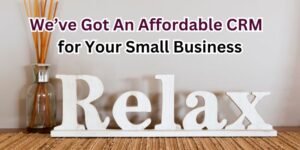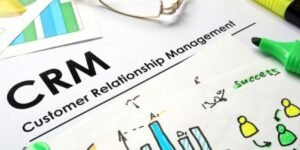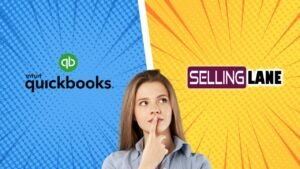How to Use CRM Software to Increase Sales
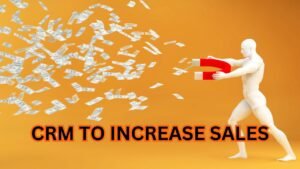
CRM software is not just a tool; it’s a game-changer for sales teams and solo business owners alike. It’s the engine behind sales strategy, customer engagement, increase sales and ultimately revenue growth. Here’s an expanded look at how CRM software, like Selling Lane (shameless plug), can transform your sales process and performance outcomes.
OK, here they are, so you don’t have to read the whole post,
- Understand and focus on customers specific needs
- Help you upsell and cross-sell with ease.
- Nurture leads into raving fans.
Study Your Customer to Increase Sales Perspective
CRM software empowers you to understand your customers like never before in human history. By analyzing purchase history, communication logs, and support tickets, you’ll reveal hidden insights into customer behavior and preferences. This data helps you craft personalized messages and offers that resonate, leading to increased conversion rates and more personalized relationships.
Here are some specific examples of how you can use CRM software to understand your customers better:
- Identify your most profitable customers. By analyzing purchase history data, you can identify the customers who are spending the most money with you. This information can help you focus your marketing and sales efforts on these customers.
- Segment your customers based on their interests. By analyzing communication log and support ticket data, you can segment your customers based on their interests and needs. This allows you to send targeted marketing messages and offers that are more likely to be relevant to each customer. Using selling lanes tag system is the easiest way to add a customer to a specific segment, and it even allows you to place the same customer in multiple segments. Example: auction buyer, might also be a seller. A Sufi book reader might also enjoy fantasy.
- Identify customer pain points. By analyzing support ticket data and complaints, you can identify the common problems that your customers are facing. This information can help you improve your products and services and reduce customer churn. For example, if a software company gets lots of calls to the support line asking for password reset, you might consider adding a reset my password button, so they can reset their own password. If a restaurant gets lots of complaints about parking, they might consider adding Valet parking or expanding their lot size.
- Predict customer behavior. By analyzing customer data, you can predict customer behavior. This information can help you personalize your marketing and sales efforts and improve your customer experience. For example, if you notice that customers are buying certain products during the holidays you can both stock up early and market early to increase sales. If a new car dealer has 500 customers out on three year leases, they can have their business development team call customers early and try to get them to trade ahead of schedule.
CRM software gives you the tools you need to understand your customers better and build stronger relationships with them. With CRM, you can:
- Get a 360-degree view of your customers. CRM software integrates with all of your customer-facing systems, so you can see all of your customer interactions in one place.
- Automate tasks. CRM software automates many of the time-consuming tasks associated with customer relationship management, so you can focus on building relationships with your customers.
- Collaborate with your team. CRM software makes it easy to share customer data and collaborate with your team to provide the best possible customer service.
If you’re serious about understanding your customers and building stronger relationships with them, then Selling Lane’s CRM software might be the right solution for you.
Upsell and Cross-selling Effectively
Upselling and cross-selling are two of the most effective ways to increase sales and grow your business. When you upsell, you encourage customers to purchase a higher-priced or upgraded version of the product they’re already interested in. When you cross-sell, you encourage customers to purchase complementary products or services.
CRM software can help you upsell and cross-sell more effectively by tracking customer purchases and allowing you to identify opportunities for upselling and cross-selling. With Selling Lane’s Menu Sales System, you can take this one step further by creating custom menus that offer complementary products and upgrades to your customers.
Here are a few ways to use Selling Lane’s Menu Selling System to upsell effortlessly:

- Create menus for different customer segments. By segmenting your customers based on their purchase history and preferences, you can create custom menus that offer them the most relevant products and upgrades. For example, you could create a menu for customers who have recently purchased a new phone, offering them complementary accessories such as cases, chargers, and screen protectors.
- Offer discounts and promotions on upgrades and complementary products. Offering discounts and promotions can make it more attractive for customers to upgrade or purchase complementary products. For example, you could offer a 10% discount on a new case to customers who purchase a new phone.
- Use images and videos to showcase your products and upgrades. Images and videos can help customers visualize how your products and upgrades can benefit them. For example, you could include images of different phone cases on your menu, so customers can see how they look on different phone models.
- Make it easy for customers to upsell and cross-sell themselves. Selling Lane’s Menu Selling System makes it easy for customers to upsell and cross-sell themselves. When customers are viewing a product, they’ll see a list of complementary products and upgrades that they may be interested in. Customers can simply add these products to their cart with a single click.
Here are 3 upsell examples, from three different industry types
- Clothing Upsell: Offer a discount on a second pair of jeans or a belt to customers who purchase a t-shirt.
- Electronics Upsell: Offer a discount on a laptop sleeve or carrying case to customers who purchase a laptop.
- Food and beverage Upsell: Offer a discount on a milkshake or dessert to customers who purchase a burger and fries.
How can use CRM software to nurture your leads and increase sales:
- Create a sales pipeline. A sales pipeline is a visualization of the different stages that a lead goes through before they become a customer. CRM software can help you to create and manage your sales pipeline, so that you can track the progress of each lead and identify opportunities for nurturing.
- Send targeted email campaigns. CRM software allows you to send targeted email campaigns to your leads based on their interests and needs. For example, you could send a different email campaign to leads who have visited your website but haven’t downloaded a white paper, and leads who have downloaded a white paper but haven’t signed up for a free trial.
- Automate follow-up tasks. CRM software can automate many of the follow-up tasks involved in lead nurturing, such as sending emails and scheduling phone calls. This ensures that your leads are always being nurtured, even when you’re busy with other tasks.
- Use drip marketing campaigns. Drip marketing campaigns are a type of email marketing campaign that sends out a series of emails to leads over a period of time. CRM software can help you to create and manage drip marketing campaigns, so that you can nurture your leads at their own pace.
- Provide valuable content. One of the best ways to nurture your leads is to provide them with valuable content, such as blog posts, e-books, and webinars. CRM software can help you to track which leads have consumed your content, so that you can target them with more relevant messages and offers in the future.







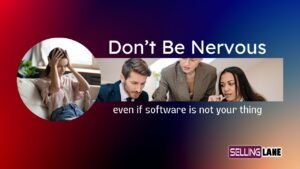





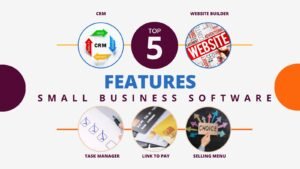
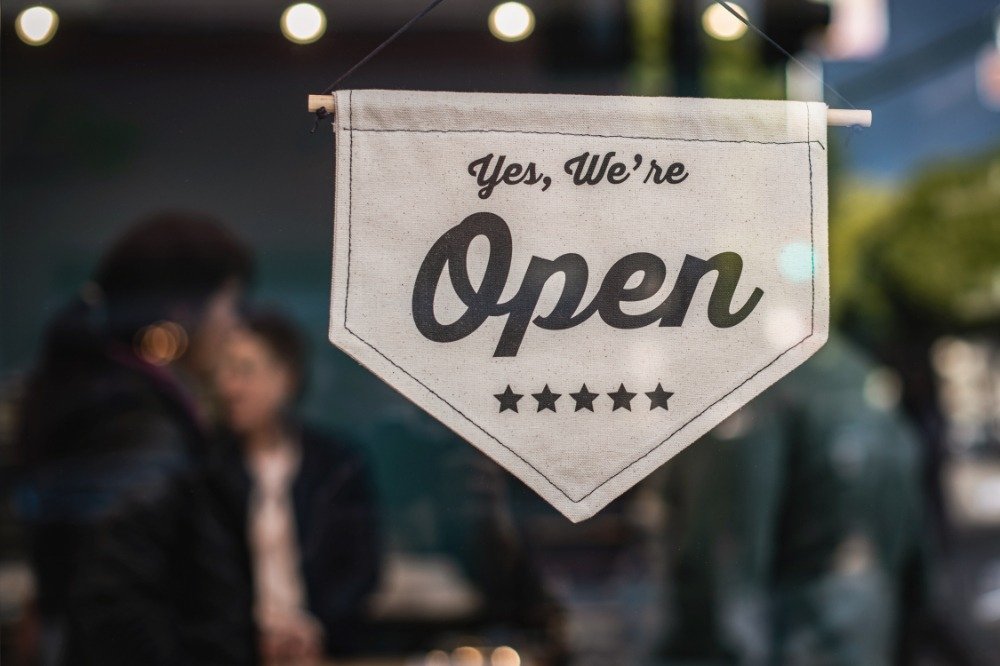





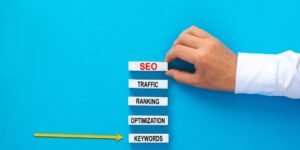
 Keyword Optimization:
Keyword Optimization:

